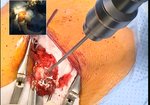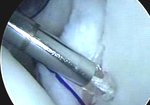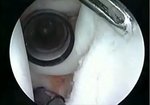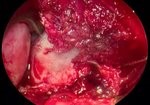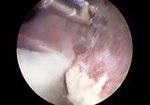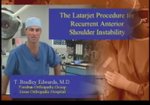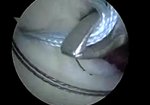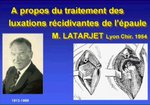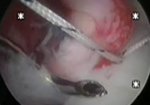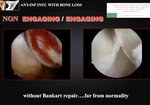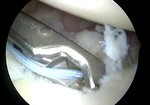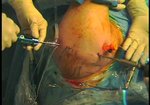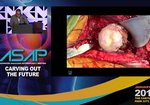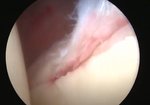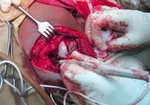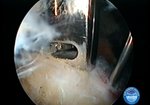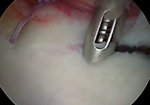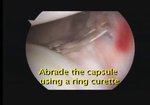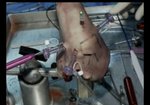
Video Player is loading.
Current Time 0:00
/
Duration 0:00
Loaded: 0%
0:00
Stream Type LIVE
1x
- 0.5x
- 0.75x
- 1x, selected
- 1.25x
- 1.5x
- 1.75x
- 2x
- Chapters
- descriptions off, selected
- captions settings, opens captions settings dialog
- captions off, selected
This is a modal window.
Beginning of dialog window. Escape will cancel and close the window.
End of dialog window.
10 seconds
Playback speed
This is a modal window. This modal can be closed by pressing the Escape key or activating the close button.
Arthroscopic Distal Clavicular Autograft for Congruent Glenoid Reconstruction
3,118 views
June 9, 2023
Arthroscopic distal clavicular autograft (DCA) is effective in shoulder instability with glenoid bone loss. The ...
read more ↘ original technique uses an osteochondral autograft, fixed with screws or suture anchors. We developed a modified procedure called “congruent arc DCA” characterized by (1) use of drilling guides to optimize graft positioning and make the all-arthroscopic procedure safer and reproducible; (2) rotation of the DCA of 90° to reach a congruent arc with its undersurface; (3) fixation of the graft with cortical buttons to simplify its intra-articular passage, avoid hardware problems, and facilitate possible revision surgery; and (4) intraoperative use of a suture tensioner to achieve satisfactory compression of the graft and increase its consolidation.
↖ read less
read more ↘ original technique uses an osteochondral autograft, fixed with screws or suture anchors. We developed a modified procedure called “congruent arc DCA” characterized by (1) use of drilling guides to optimize graft positioning and make the all-arthroscopic procedure safer and reproducible; (2) rotation of the DCA of 90° to reach a congruent arc with its undersurface; (3) fixation of the graft with cortical buttons to simplify its intra-articular passage, avoid hardware problems, and facilitate possible revision surgery; and (4) intraoperative use of a suture tensioner to achieve satisfactory compression of the graft and increase its consolidation.
↖ read less
Comments 6
Login to view comments.
Click here to Login


